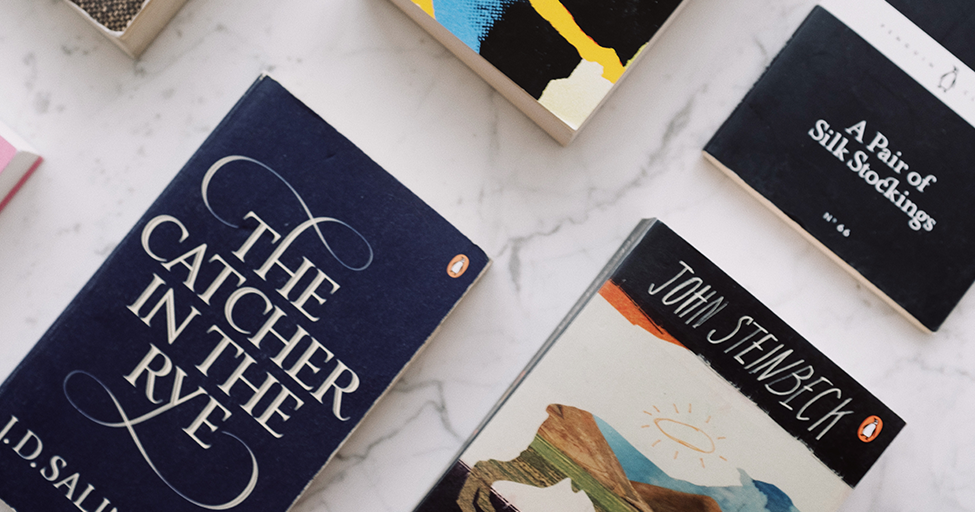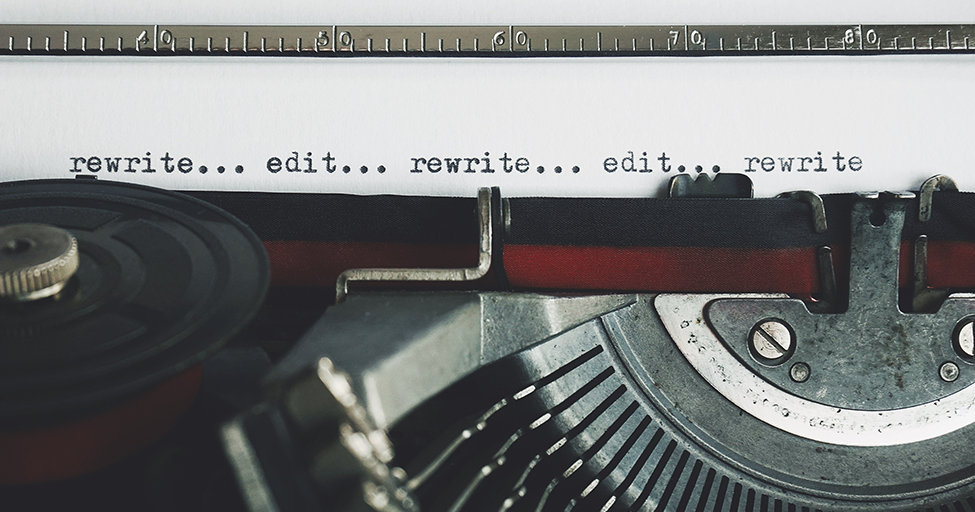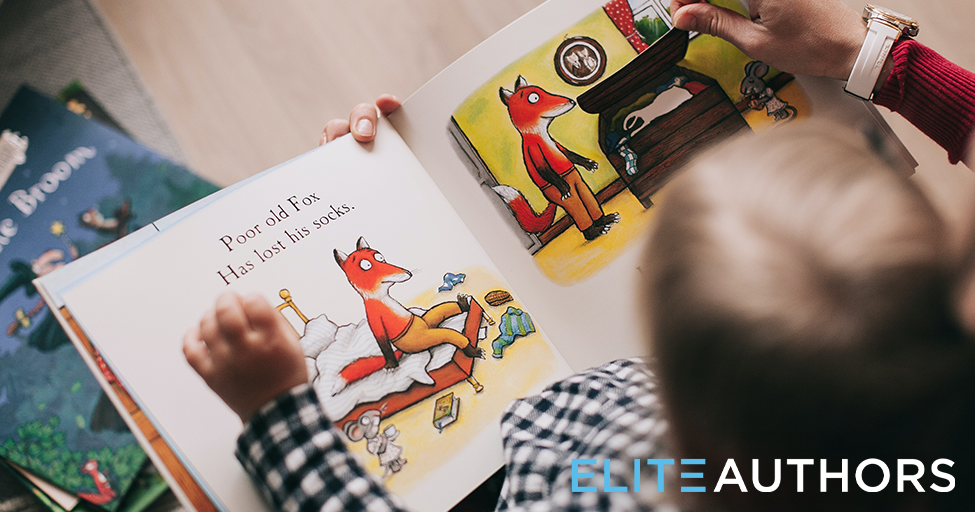
How to Design a Book Jacket
May 4, 2022
How Long Does Editing a Book Take?
June 1, 2022Guide to Children’s Book Design
 Book design is crucial when you create a book for a young reader. The book size, illustrations, colors, and font all need to complement each other to attract your target audience. We’ll discuss all of this and more in this guide to children’s book design!
Book design is crucial when you create a book for a young reader. The book size, illustrations, colors, and font all need to complement each other to attract your target audience. We’ll discuss all of this and more in this guide to children’s book design!
As you go through the process for your children’s book, try to keep in mind what colors and font are best suited for your book cover and the interior pages. After you determine the book trim size you’ll use, you can work on formatting your illustrations. But the best place to start may be with a storyboard.
How to create a storyboard for your children’s book
The first step in this process is creating a storyboard, which you can use as both a starting point and a roadmap to keep your book design on track.
When you create a storyboard, you are building a foundation for a beautiful book design. Your storyboard helps you figure out which sentences or paragraphs in your book should be accompanied by an illustration.
Eye-catching illustrations go a long way to marketing kids’ books. Although a storyboard might seem like an unnecessary step, it can really set you up for success in the long run.
What is a storyboard, and how is it made?
A storyboard is basically a visual representation of the children’s story that you’re writing. It helps you as the writer determine how many illustrations you need. And when you partner with an illustrator, it helps them understand the story and what you’re looking for.
To start making your storyboard, go through your story line by line and identify which parts should be illustrated. Some children’s book authors like to draw rectangles to help break up their overall story into smaller, more manageable sections. Each rectangle represents a section of your story. Just write some notes or sketch some ideas in each rectangle to create a visual storyboard for your children’s book.
Which tools can help you create a storyboard for your children’s book?
There are several tools you can use to create your storyboard. If you’re self-publishing your children’s book, there are two main options:
- Paper and pen or pencil. This might sound old fashioned, but some of history’s most famous children’s picture book illustrations started with a handmade storyboard!
- Graphic design software. You can use programs like Canva or the Adobe Creative Suite to create a storyboard template and add your notes and sketches directly into the software.
If you’re working with a publishing house, they might have resources like specialized software to help. However, you can also easily create a storyboard on your own if you’re self-publishing!
How long does it take to create a storyboard for a children’s book?
Creating a storyboard takes time, so try not to rush it. Keep in mind that a storyboard is a great way to communicate with your children’s book illustrator. If you rush your storyboard, your children’s book illustrations might miss the mark.
The actual time it takes to create your storyboard will depend largely on how long and complex your story and characters are. Each scene and character illustration takes time to both develop and create. So be patient and try not to rush this fun, creative process!
Layout, colors, and font options for children’s books
Choosing the layout, colors, and fonts for your children’s book is exciting! You really get to see your book come to life. These components will help create your book’s overall aesthetic, so it’s important to consider them as you begin to lay out the book.
How do you lay out a children’s book?
Once the storyboard is done, authors who self-publish picture books often work with their illustrator to develop the book’s layout. Here are a few questions that might help you create the layout:
- How many illustrations do you want, and how much of the page will they take up? You’ll have larger and more plentiful illustrations in a picture book than a more text-heavy book for a young adult reader.
- Where will the text be in relation to the book illustration on each page?
- Will you recycle an illustration for the book cover, or will the front and back of your book have their own imagery?
How can color choices affect your children’s book?
As you lay out your book, keep in mind that the color choices affect how your readers perceive your book.
Color choices greatly affect your readers’ initial reactions. If your book is catering to a young reader under the age of five, try to include bright colors to stimulate their minds. And if your story is more appropriate for children a little older, broaden your color spectrum a bit. Use colors that might invoke emotion, such as bright yellow for happiness, or a nice, calming blue.
What font styles and sizes should you consider for your children’s book?
When it comes to structuring picture books and young adult novels, the font you choose makes a big difference.
Young children learning to read will have an easier time understanding a picture book with a large font and clear, simple letter shapes. Conversely, an older child who can understand more complex storylines might prefer a smaller font.
There are millions of fonts out there. So choose the one that fits best with your book!
Common trim sizes for children’s books
Book trim size is an industry term for a book’s height and width. Your ideal trim size will depend on a few factors, including:
- Your reader’s age. The younger the reader, the larger the recommended trim size.
- The ratio of illustrations to text. If you need more room to showcase intricate illustrations, a larger trim size will suit you better than a smaller one.
- Your publishing method. If you self-publish, chances are your printing company will have a few templates for you to choose from. If you’re working with a publishing house, they might be able to create a custom size or shape for your book.
It always helps to research some cover design tips so you can learn more about standard and custom book trim sizes—and to find some examples.
What are some examples of trim sizes for children’s books?
You broke the mold when you wrote your children’s book. And you can do the same with a custom trim size if you’d like! However, depending on how you’re publishing your book and your overall budget, you might want to stick closer to the industry standards.
Here are a few examples of common trim sizes for children’s books:
- 12” x 9” or 9” x 7” for a board book
- 10” x 10” or 10” x 8” for a children’s picture book
- 6” x 9” for a text-heavy chapter book
Why is it important to know the average trim size of a children’s book?
Trim size is a big factor in how you design and lay out your book, so it’s important to familiarize yourself with the average sizes.
If you begin to design your children’s book before you choose a publisher, it’s important to have an idea of the average trim size. This way, you and your illustrator can begin laying out the book and just make small adjustments when you choose the printer and get their template.
For example, say you’re creating a board book for very young readers. The book should be large enough to accommodate thick cardboard pages that are easy for little fingers to turn. You might be envisioning a big, impressive 16” x 16” book that showcases large, beautiful illustrations. However, if you start designing such a big trim size, you’ll have to do a lot of cutting if you end up printing a much smaller standard size.
On the other side of the coin, if you know that the average trim size of a board book is 12” x 9”, you can begin designing your book with those dimensions. This dramatically cuts down on your revision time down the road.
In other words, knowing the average trim size of a children’s book makes your life easier when you prepare the book to print and publish.
What does the term “safe area” mean when it comes to formatting a children’s book?
The term “safe area” is basically the boundary in which you can include your text and illustrations. Your book printer needs to leave room around the perimeter of your cover and each page to account for page margins and the binding.
Review the template that your publishing house or self-publishing company provided. There should be an overall boundary as well as a smaller “safe area” boundary. The space beyond the safe area basically allows the printer a little wiggle room so they don’t interfere with your font or illustrations when they print, cut, and bind the pages and covers.
How to format illustrations in a children’s book
All right, you’ve created your storyboard, chosen your colors and font, and picked a book trim size. It’s time to format!
Every part of your book needs to be formatted—even your title page, which probably won’t have much text or illustration. Formatting your illustrations is easier than it might sound, especially if you understand the basic formatting principles.
What factors affect how you format illustrations in a children’s book?
One important factor in how you format your children’s book illustrations is the ratio of illustration to text on each page. Some pages might have a large, colorful illustration with just a little text, and other pages in your book will work well with just a background image and more words.
Another factor to consider is the trim size. You don’t want to overwhelm a small page with a large illustration or too much text. Likewise, you don’t want a large page to look blank. In many cases, your illustrator will have access to software that will help you play around with formatting options so you can design the perfect page.
What software do book illustrators use?
Each professional book illustrator has their own preferred medium. Some prefer the tried and true, old-fashioned method of drawing by hand. However, in the evolving landscape of e-books, computer-based programs have gained popularity over the years.
Nowadays, many illustrators use tablets that they can draw on, just like they might on paper. This allows them to effortlessly save different sketches and color schemes to show the author.
The actual software will vary depending on the type of computer or tablet your illustrator works with. Here are a few of the most common software programs that book illustrators use:
- Adobe Illustrator
- Adobe Photoshop
- Canva
- Procreate
- Corel Painter
Once your illustrator has created beautiful images for your book, it’s on to the formatting process.
What are the steps to formatting illustrations in a children’s book?
Each book is unique. Although there’s no universally “right way” to format your children’s book illustrations, here are a few steps to take as you finalize your book design:
- Ask your publishing house or printer for their book template.
- Carefully review the template for the safe area and resolution requirements.
- Lay out each page of the book in the template. Play around with the font and illustration size on each page to make sure you’re happy with how it looks.
- Make sure each page’s text and illustrations fall within the safe area.
Most self-publishing companies are happy to answer questions about formatting. After all, they want your book to look great, too! So if you have any questions on the steps you should take to format your illustrations, just contact them for advice.
The right design will help your children’s book shine
Beautiful books capture their target reader’s eye. Since young readers are drawn more to pictures than text, beautiful book design is extremely important in children’s book design.
Let the experts at Elite Authors help you design the perfect children’s book or learn more about our book cover design, formatting, and marketing services!


